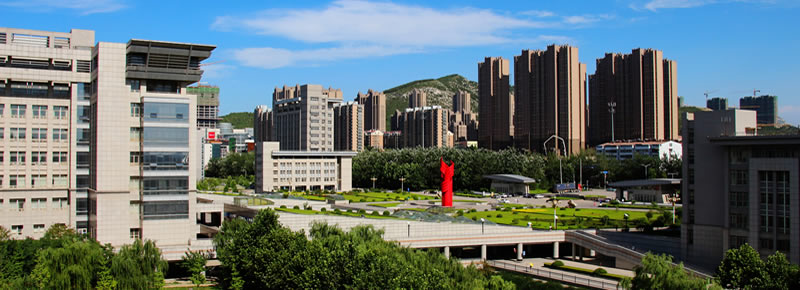Location
Wuhan University, Donghu South Road 8, Wuhan 430072, China
Event Website
http://civ.whu.edu.cn
Keywords
Carbonation depth, Concrete, Irregularity, Random aggregate model, Supercritical carbonation
Abstract
The heterogeneity of a cement-based material results in a random spatial distribution of carbonation depth, which may significantly affect the mechanical properties and durability of the material. Currently, there is a lack of both experimental and numerical investigations aiming at a statistical understanding of this important phenomenon. This paper presents both experimental and numerical supercritical carbonation test results of concrete blocks. The random fields of porosity and two-dimension random aggregate model of concrete were proposed for the simulation. The carbonation depths are measured and distributed along the carbonation boundary by the proposed rapid image processing technique, which are then statistically studied. The study has shown that considering the random distribution of coarse aggregates and using a random field of porosity with due consideration of spatial correlation and variance, the irregularity of carbonation depth can be realistically captured by the numerical model. Overall the methodology adopted in the paper can provide a foundation for future investigations on probability analysis of carbonation depth and other similar work based on multi-scale and –physics modelling.
Revised manuscript
MS #1425 Response to review comments.doc (599 kB)
Response to review comments
Experimental and Numerical Investigation on the Irregularity of Carbonation Depth of Concrete Under Supercritical Condition
Wuhan University, Donghu South Road 8, Wuhan 430072, China
The heterogeneity of a cement-based material results in a random spatial distribution of carbonation depth, which may significantly affect the mechanical properties and durability of the material. Currently, there is a lack of both experimental and numerical investigations aiming at a statistical understanding of this important phenomenon. This paper presents both experimental and numerical supercritical carbonation test results of concrete blocks. The random fields of porosity and two-dimension random aggregate model of concrete were proposed for the simulation. The carbonation depths are measured and distributed along the carbonation boundary by the proposed rapid image processing technique, which are then statistically studied. The study has shown that considering the random distribution of coarse aggregates and using a random field of porosity with due consideration of spatial correlation and variance, the irregularity of carbonation depth can be realistically captured by the numerical model. Overall the methodology adopted in the paper can provide a foundation for future investigations on probability analysis of carbonation depth and other similar work based on multi-scale and –physics modelling.
https://docs.lib.purdue.edu/icdcs/2018/pse/6





